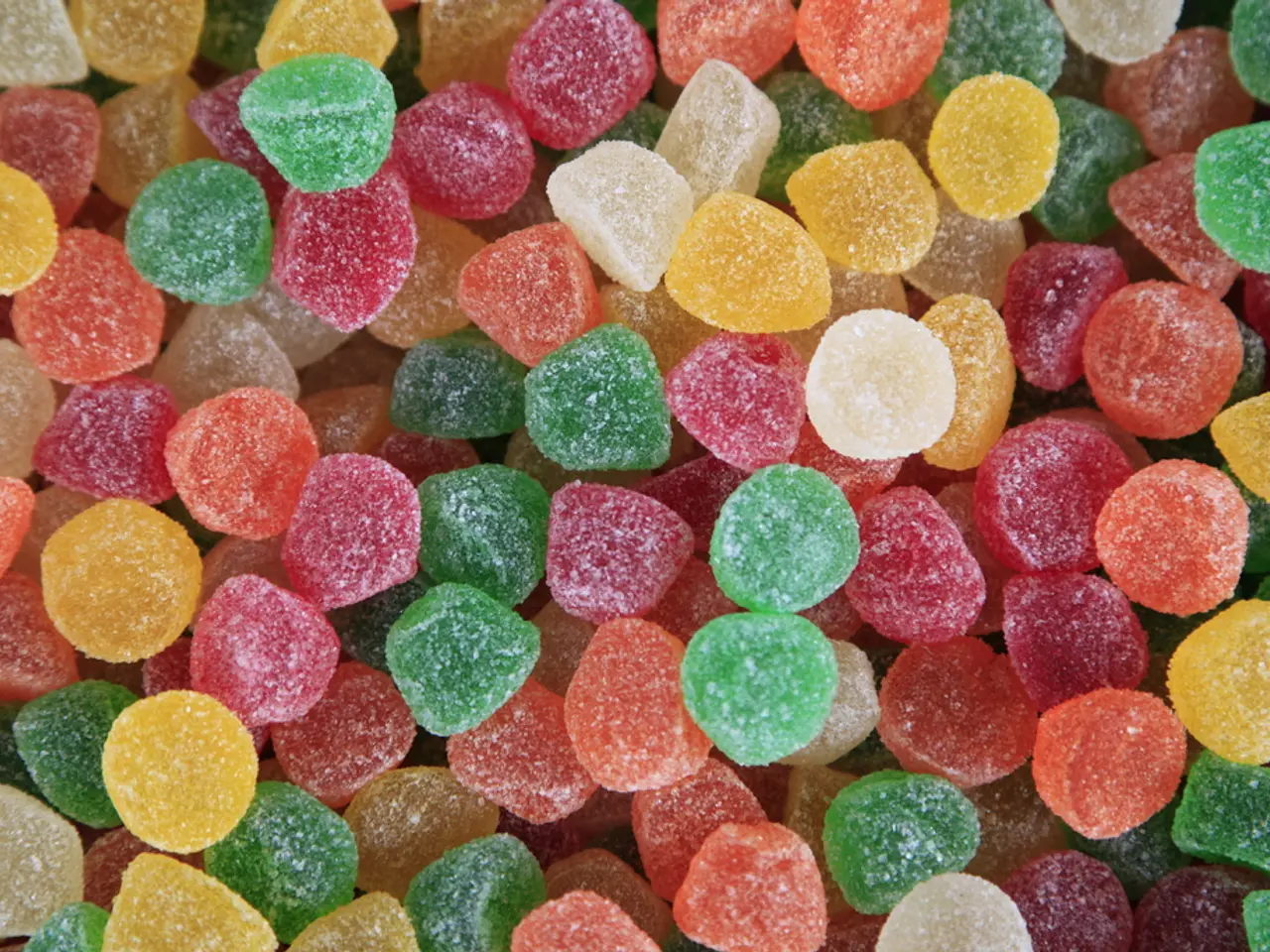Selecting the Ideal Sugar for Specific Purposes
In the world of sweeteners, there's a plethora of options to choose from, each with its unique properties and applications. Let's delve into some common types of sugars and their distinct characteristics.
Blackstrap Molasses, the byproduct of the last boiling of cane sugar, boasts a very dark colour and a noticeable bitterness. Unlike its lighter counterparts, it retains naturally occurring nutrients such as vitamins and minerals. However, it's typically used in savoury dishes like pulled pork or baked beans, and isn't a suitable substitute for light or dark molasses.
Moving on to alternative sugars, Coconut, Date, or Maple Sugar are produced from the juice of their respective plants, undergoing less processing, resulting in a product close to Muscovado Sugar. These sugars are often less sweet, coarser in nature, and contain most of the nutrients they started with.
White Granulated Sugar, the most common type of sugar, is readily available in any store. When it comes to substitutes, Maple Syrup can be used in a 3:4 ratio in recipes, with reducing the liquid in the recipe being necessary due to maple syrup's liquid nature. Honey, another popular substitute, requires a similar ratio of 3/4 cup for 1 cup in recipes, keeping in mind that reducing the liquid may still be necessary.
Brown Sugar, a staple in many households, is white granulated sugar with molasses mixed back in. On the other hand, Muscovado Sugar, often referred to as "real" brown sugar, retains more molasses during the refining process, making it stickier and imparting a unique depth of flavour, typically reserved for traditional holiday flavours such as gingerbread.
Turbinado Sugar, also known as "sugar in the raw", has the same crystal size as coarse sugar but is a blonde colour, with only the surface molasses removed. Coarse Sugar, with larger crystals, is typically used for decoration or flavour accent.
It's important to note that Sulfured Molasses, which contains added sulfur as a preservative, imparts a chemical aftertaste and makes the product less sweet. Light Molasses, extracted from the first boiling of cane juice, has the sweetest, lightest flavour, while Dark Molasses, extracted from the second boiling, has a less sweet, more pronounced flavour, as well as a darker colour.
Lastly, Germany offers a variety of traditional sweeteners, including cane sugar, beet sugar, and other sugars like coconut sugar and date sugar, which are derived from the sap or fruit of their respective plants. While sugarcane and sugar beet remain the main sources for conventional sugars in Germany, these alternative natural sweeteners are also available.








